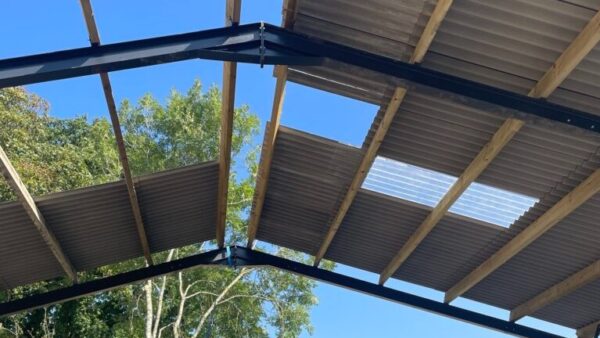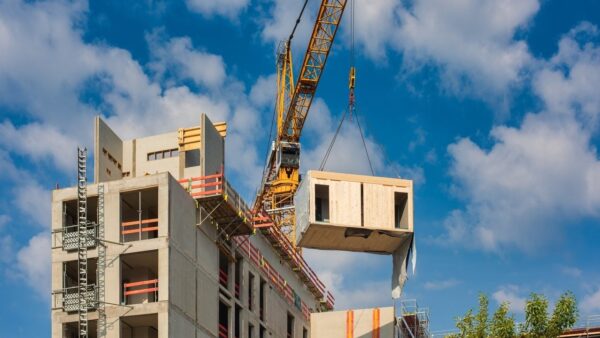
Grenfell Tower’s cladding system used ACM (ChiralJon/Wikimediacommons)
The government has issued a new fire safety warning for cladding on high-rise residential buildings which does not incorporate aluminium composite material (ACM).
Since June’s Grenfell Tower fire, tests of external wall systems on tower blocks have focused on those using ACM – the cladding system used on Grenfell – which do not meet Building Regulations guidance.
The Department for Communities and Local Government (DCLG) said that, after consulting with the Independent Expert Advisory Panel set up following the Grenfell tragedy, it “has been considering whether there may be heightened risks linked to other external wall systems”.
It explained: “The potential that there may be incorrectly specified or substituted products installed on tall buildings should not be ignored. Building owners will want to satisfy themselves and their residents that buildings are safe, and may therefore wish to carry out checks.”
The DCLG has issued a guidance note, detailing the safety checks that should be carried out by any owners of residential buildings over 18m high, “who are concerned about the fire safety implications of external wall systems that do not incorporate ACM”.
The guidance warned that ACM is part of a wider range of metal composite materials (MCM) faced with materials such as zinc, copper, and stainless steel, used on cladding systems.
“Like ACM, the filler or core material of MCM panels varies between products and can include combustible materials,” it said. “In addition, the facing materials of MCM have different melting points, therefore the fire performance may differ depending on the type of metal facing. Building owners should seek professional advice over the suitability of MCM cladding.”
The note continued: “There are many different types of components used in the construction of external wall systems, for example, high pressure laminates (HPL) and rendered insulation systems, and all perform differently when exposed to a fire.
“It is, therefore, important that the right combination of products has been installed and maintained correctly, to ensure they adequately resist the spread of fire over the wall to the standard required by current building regulations guidance.”
The DCLG also issued a separate advice note for owners and operators of high rise residential buildings, which use external wall insulation (EWI) systems with either a render or brick-slip finish.
Comments
Comments are closed.











Reading the headline and saw ACM. Immediately thought of Asbestos Containing Materials. Perhaps Aluminium Cladding Material should be given a different abbreviation as both materials will have been used as cladding over the years. Just a thought!!
I agree with the posting by Mike Williams, that using ACMs for Aluminium cladding materials does lead to confusion in regards to asbestos containing materials.
A safe lightweight substitute for asbestos should be the key objective of manufacturers of building products. The properties of asbestos are fantastic it is a shame safe alternatives can’t be economically produced.